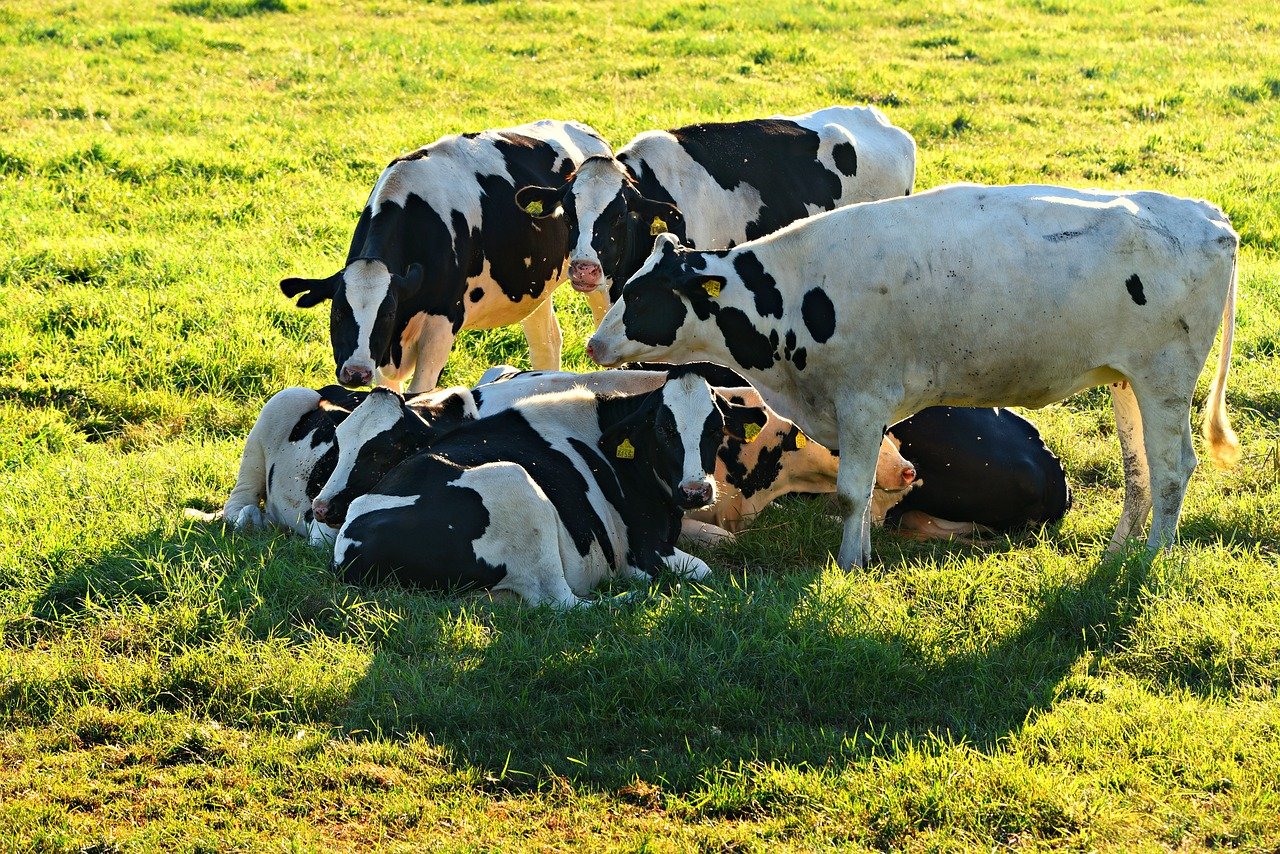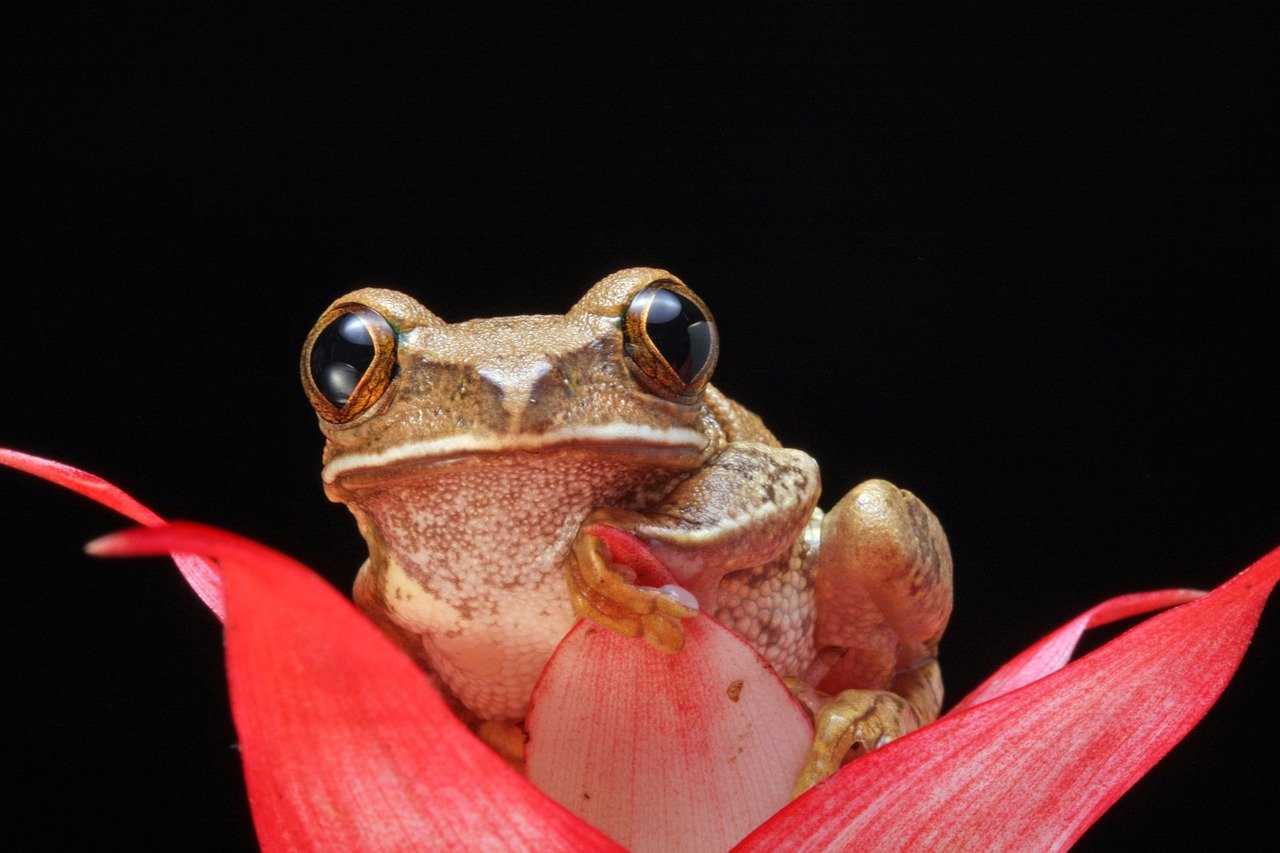
Learning how bucks and does differ.



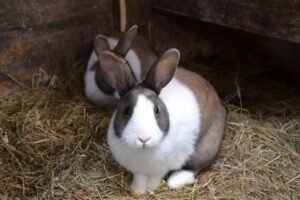
Disclaimer: This article does not teach you how to bond rabbits! Please do plenty of research before you attempt to bond pairs.
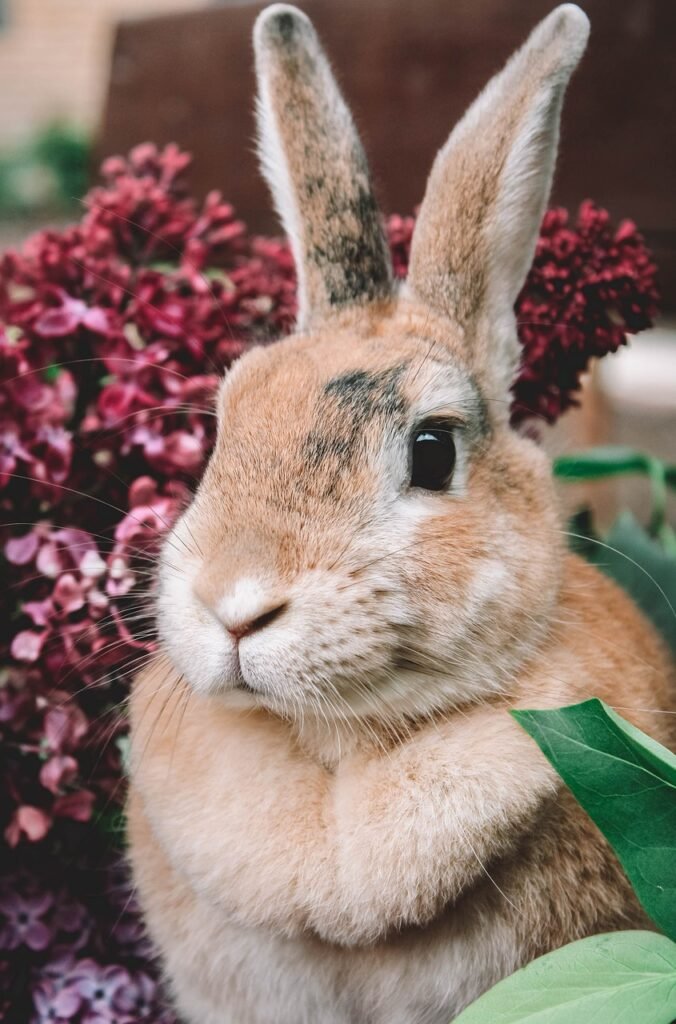
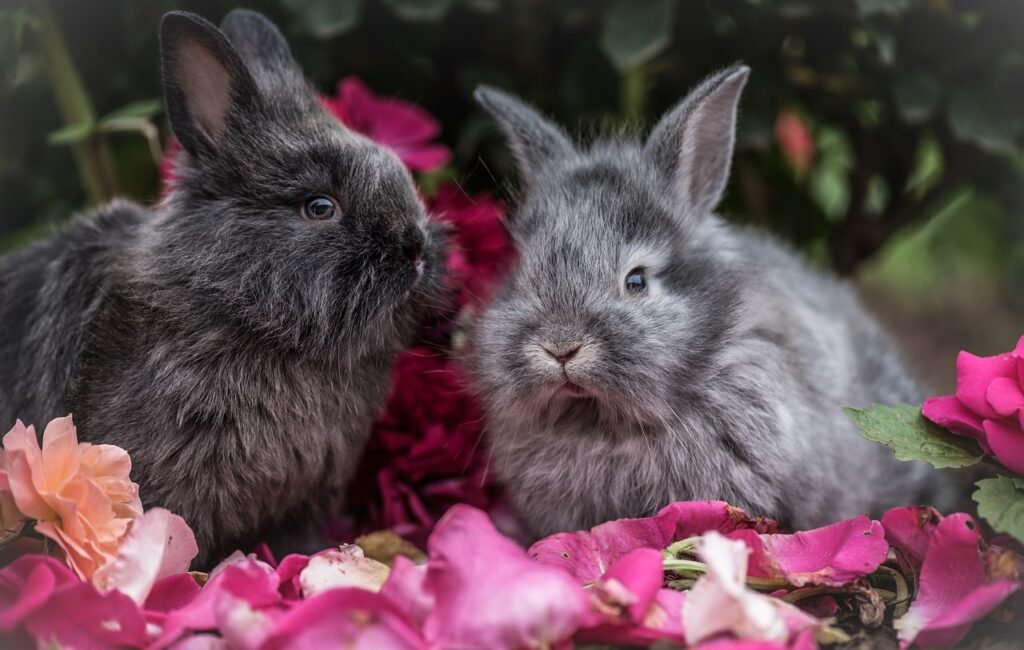
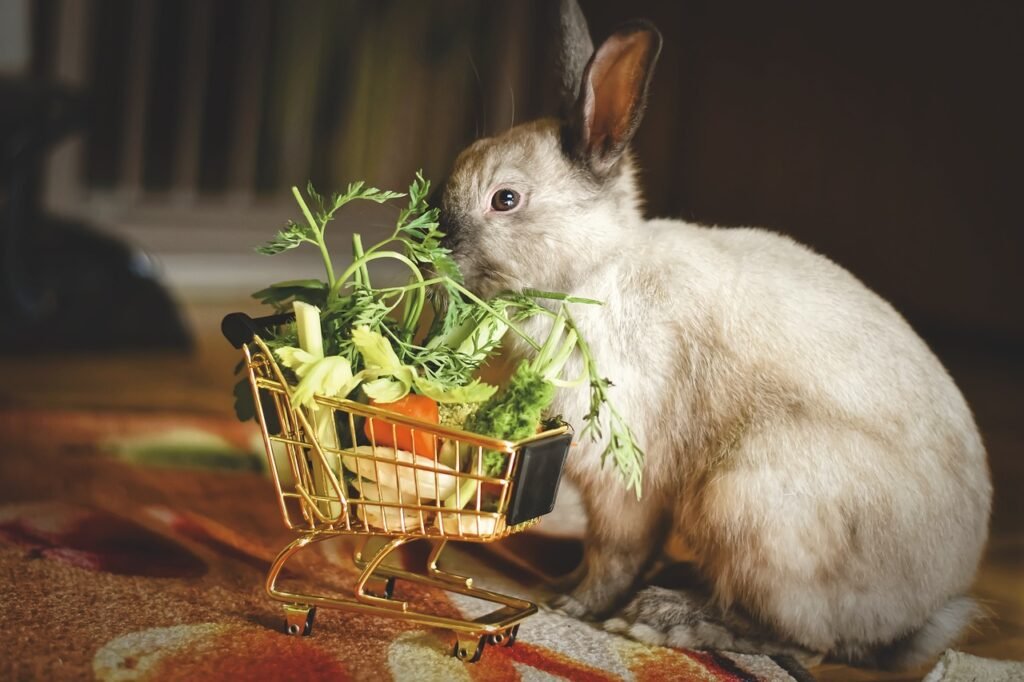
Sources and Cites
Varga M. (2014). Rabbit Basic Science. Textbook of Rabbit Medicine, 3–108. https://doi.org/10.1016/B978-0-7020-4979-8.00001-7
San Diego House Rabbit Society (n.a.) Rabbit.org Foundation Finding Your Rabbit A Companion https://rabbit.org/behavior/finding-your-rabbit-a-companion/
Pornsukarom, Suchawan & Sudjaidee, Pansawut & RATIPUNYAPORNKUM, Nattaya & TUNGJITPEANPONG, Thaveesuph & CHETTANAWANIT, Apaporn & AMORNTEPARAK, Chana & SANANMUANG, Thanida. (2023). Analysis of occurrence and risk factors associated with pet rabbits’ tumors in Central Thailand. Journal of Veterinary Medical Science. 85. 10.1292/jvms.23-0149. https://www.researchgate.net/figure/The-overall-case-numbers-of-pet-rabbits-diagnosed-with-tumors-and-tumor-like-lesions-are_tbl1_375401947
Other Articles You Might Like.
-
Fascinating Facts About Cows: They’re More Like Us Than You Think
Let’s discover some of the ways that we can relate…
-
How To Calm Your Pet During The Solar Eclipse
As pet owners, we are always thinking about the innocent…
-
Friends With Frogs: How To Make Your Yard Amphibian Friendly
One way you can make a positive impact on frogs…

